Ø TOPIC:
HONDA MOTOR COMPANY LTD.
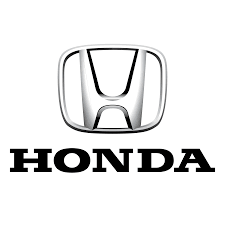
Ø BUSINESS SUMMARY
Honda Motor Company, Ltd., together with its subsidiaries, engages in development and manufacturing. and distribution of motorcycles, automobiles, and power products primarily in North America, Europe, and Asia. Its motorcycle line consists of business and commuter models, as well as sports models, including trial and motor-cross racing; all-terrain vehicles; personal watercraft; and multi-utility vehicles. The company also produces various automobile products, including passenger cars. minivans, multi-wagons, sport utility vehicles, and mini cars: and power products comprising tillers, portable generators, general-purpose engines, grass cutters, outboard marine engines, water pumps, snow throwers, power carriers, power sprayers, lawn mowers and lawn tractors, home-use cogeneration units, thin film solar cells home use, and public and industrial uses. In addition, it sells spare parts and provides after-sales services through retail dealers, as well as involved in retail lending, leasing to customers, and other financial services, such as wholesale financing to dealers. The company was founded in 1946 and is based in Tokyo, Japan.
Ø CONTENTS
§ Introduction
§ Company Profile
§ Importance & Scope
§ Research Objectives
§ Hypothesis
§ Research Methodology
§ Data Analysis
§ Findings
§ suggestions
§ limitations
§ Bibliography
§ Annexure
Ø INTRODUCTION
Honda has been the world's largest motorcycle manufacturer since 1959, as well as the world's largest manufacturer Of Internal combustion engines measured by volume, producing more than 14 million internal combustion engines each year. Honda surpassed the Nissan in 2001 to become the second-largest Japanese automobile manufacturer. As of August 2008, Honda surpassed Chrysler as the fourth largest automobile manufacturer in the United States. Honda is the sixth largest automobile manufacturer in the world Honda was the first Javanese automobile manufacturer to release a dedicated luxury brand, Acura, in 1986. Aside from their core automobile and motorcycle businesses, Honda also manufactures garden equipment, marine engines, personal watercraft and power generators, amongst others. Since 1986, Honda has been involved with artificial intelligence/robotics research and released its ASIM Orobot in 2000. They have also ventured into aerospace with the establishment of GE Honda Aero Engines in 2004 and the Honda HA-420 HondaJet, scheduled to be released in 2011. Honda spends about 5% of its revenues on R&D.
HISTORY
From a young age, Honda's founder, Soichiro Honda (* I * -Aß, Honda Soichiro) had a great interest in automobiles. He worked as a mechanic at a Japanese tuning shop, Art Shock, where he tuned cars and entered them in races. A self-taught engineer, he later worked on a piston design that he hoped to sell to Toyota. The first drafts of his design were rejected, and Soichiro worked painstakingly to perfect the design, even going back to school and pawning his wife's jewelry for collateral. Eventually, he won a contract with Toyota and built a factory to construct pistons for them, which was destroyed in an earthquake. Due to a gasoline shortage during World War Il, Honda was unable to use his car, and his novel idea of attaching a small engine to his bicycle attracted much curiosity. He then established the Honda Technical Research Institute in Hamamatsu, Japan, to develop and produce small 2-cycle motorbike engines. Calling upon 18,000 bicycle shop owners across Japan to take part in revitalizing a nation torn apart by war, Soichiro received enough capital to engineer his first motorcycle, the Honda Cub. This marked the beginning of Honda Motor Company, which would grow a short time later to be the world's largest manufacturer of motorcycles by 1964 The first production automobile from Honda was the T360 mini pick-up truck, which went on sale in August 1963[0) Powered by a small 356 cc straight-4 gasoline engine, it was classified.
Ø COMPANY PROFILE
under the cheaper Kei car tax bracket, (cation needed the first production car from Honda was the S500 sports car, which followed the T360 into production in October 1963. Its chain driven rear wheels point to Honda's motorcycle origins.
Company Name
Honda Motor Co., Ltd.
Head Office
1-1, 2-chome, Minami-Aoyama, Minato-ku, Tokyo 107-8556, Japan
Tel: +81-(0)3-3423-1111
Established
September 24, 1948
President & CEO
Takanobu Ito
Capital
¥86 billion (as of March 31, 2010)
Sales (Results of fiscal 2010)
Consolidated: ¥8,579,174 million
Total number of employees
Consolidated: 176,815 (as of March 31, 2010)
Unconsolidated: 26,121 (as of March 31, 2010)
Consolidated subsidiaries
390 subsidiaries (as of March 31, 2010)
Chief Products
Motorcycles, automobiles, power products
Unconsolidated: ¥2,717,736 million
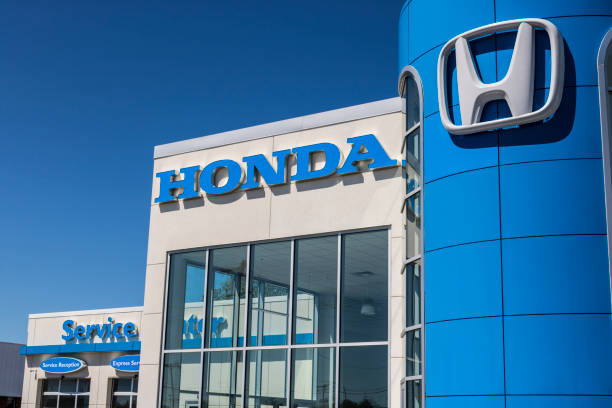
Ø CORPORATE PROFILE
Honda Motor Co., Ltd. operates under the basic principles of "Respect for the Individual"and The Three Joys" - commonly expressed as The Joy of Buying, The Joy of Selling and The Joy of Creating. "Respect for the Individual" reflects our desire to respect the unique character and ability of each individual person, trusting each other as equal partners in order to do our best in every situation. Based on this, "The Three Joys" expresses our belief and desire that each person working In, or coming into contact with our company, directly or through or products, should share a sense of joy through that experience. In line with these basic principles, since its establishment in 1948, Honda has remained on the leading edge by creating new value and providing products of the highest quality at a reasonable price, for worldwide customer satisfaction. In addition, the Company has conducted its activities with a commitment to protecting the environment and enhancing safety in a mobile society. The Company has grown to become the world's hardest motorcycle manufacturer and one or-the leading automakers. With a global network of 492* subsidiaries and affiliates accounted-for under the equity method. Honda develops, manufactures and markets a wide variety of products, ranging from small general-purpose engines and scooters to specialty sports cars, to earn the Company an outstanding reputation from customers worldwide.
Ø Manufacturing & Distribution
Strengthening our manufacturing system from the perspective of our customers and the environment
Customer needs vary depending on the region. To deliver products that satisfy customers in all regions, Honda established a manufacturing system that rapidly and flexibly responds to customer requests at all production bases around the world. With this manufacturing system, we are striving to further improve the quality of our products and minimize our environmental footprint during manufacturing.
Ø Strengthening manufacturing capabilities and environmental measures on a global basis
Based on its commitment to build products close to the customer, Honda has pursued local production from its early days. We first began overseas motorcycle production in Belgium in 1963 and became the first Japanese automaker to produce automobiles in the U.S. in 1982. By focusing on localization early on, even in the areas of development and sales, we have been able to respond to changes in product demand and supply more promptly and increase our quality and cost competitiveness in each market. Moreover, we have been working on establishing a mutual complementary parts and vehicle manufacturing network among countries within a region so that we can respond to changing demand in each region more effectively and flexibly. We have also centered on activities that improve quality at production bases around the world and that reduce environmental impacts during manufacturing and distribution. In 2009, we began operations at the Ogawa plant in Japan with extremely high resource and energy efficiency. Meanwhile, we are promoting the installation of solar panels at our offices and plants. Through improved production systems that take into consideration regional characteristics and enhanced environmental measures, we will flexibly and effectively provide high-quality products in an environmentally
responsible wave.
Thin-membrane solar cell panels at Dongfeng Honda (Wuhan, China)
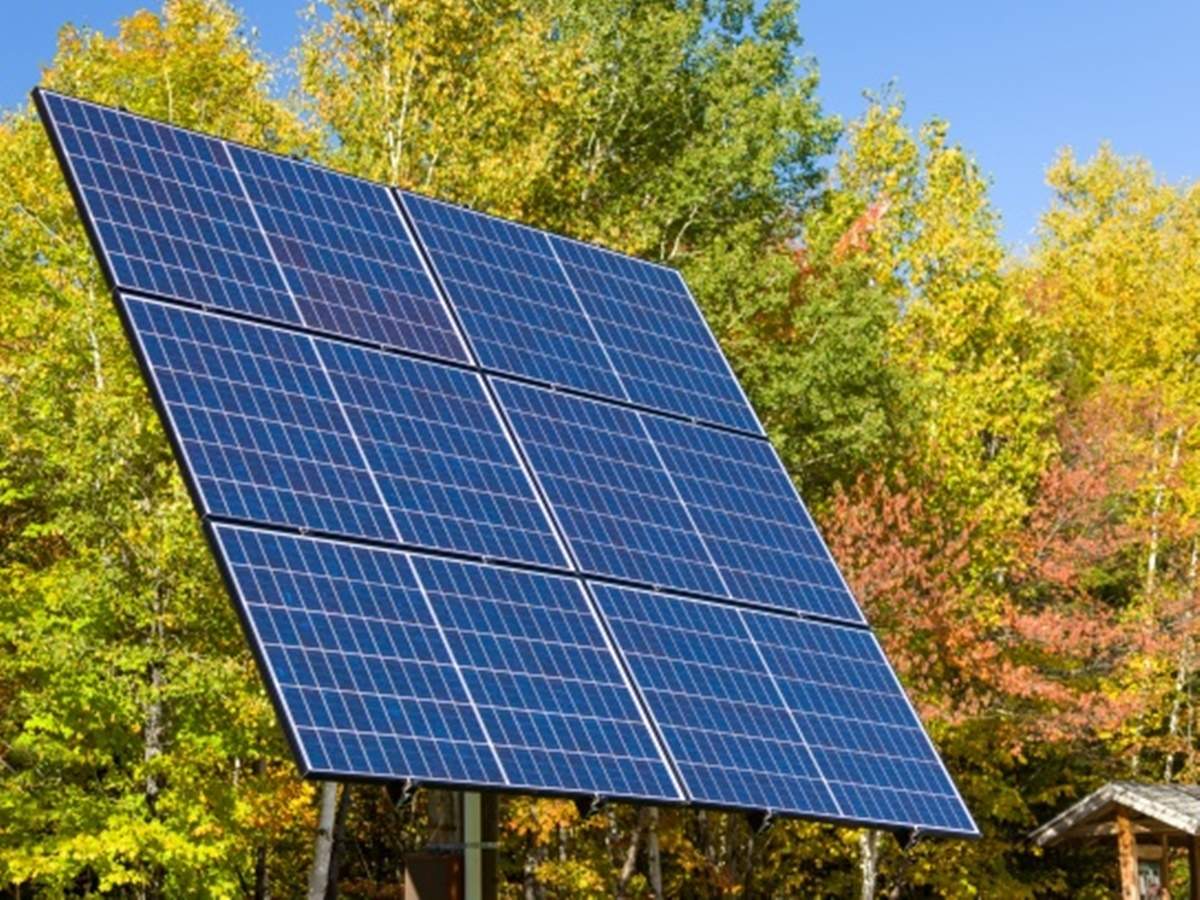
Motorcycle plant (Thailand)
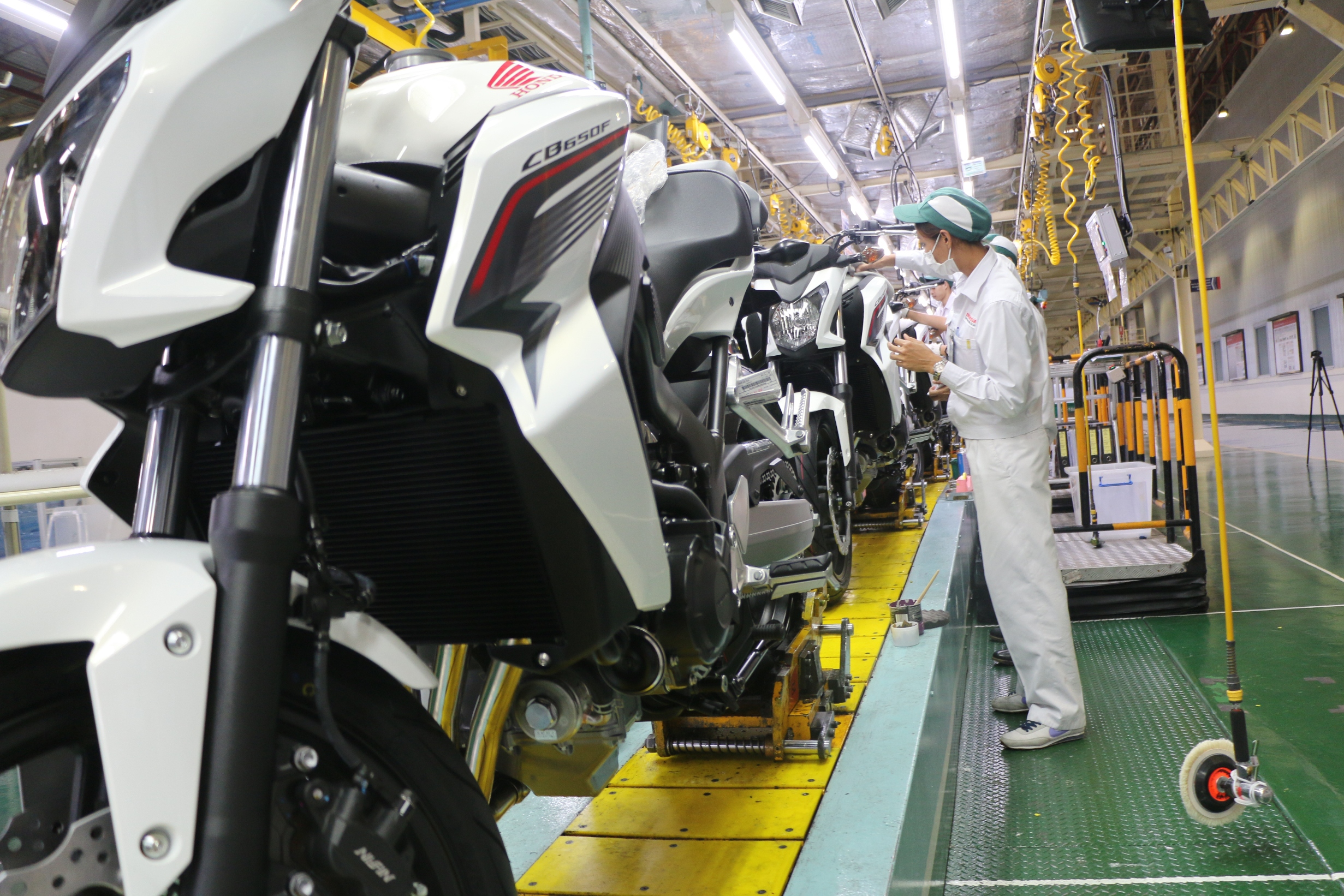
Power products assembly (France)
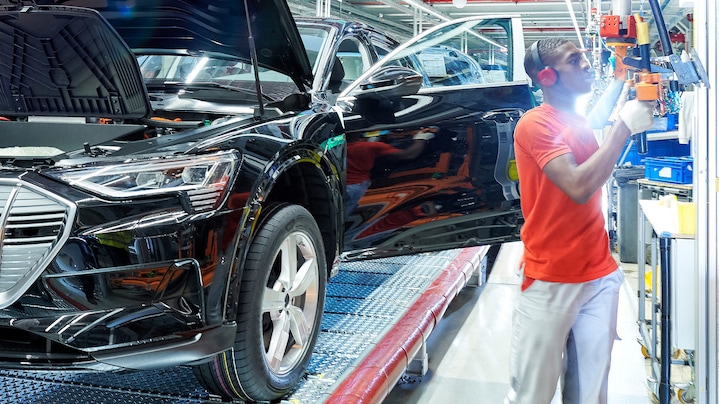
Honda is headquartered in Minato, Tokyo, Japan. Their shares trade on the Tokyo Stock Exchange and the New York Stock Exchange, as well as exchanges in Osaka, Nagoya, Sapporo, Kyoto, Fukuoka, London, Paris and Switzerland.The company has assembly plants around the globe. These plants are located in China, the United States, Pakistan, Canada, England, Japan, Belgium, Brazil, New Zealand, Indonesia, India, Thailand, Turkey and Perú. As of July 2010, 89 percent of Honda and Acura vehicles sold in the United States were built in North American plants, up from 82.2 percent a year earlier. This shields profits from the yen's advance to a 15-year high against the dollar. Honda’s Net Sales and Other Operating Revenue by Geographical Regions in 2007.

Ø PRODUCTS
2008 Honda Accord (USA spec)
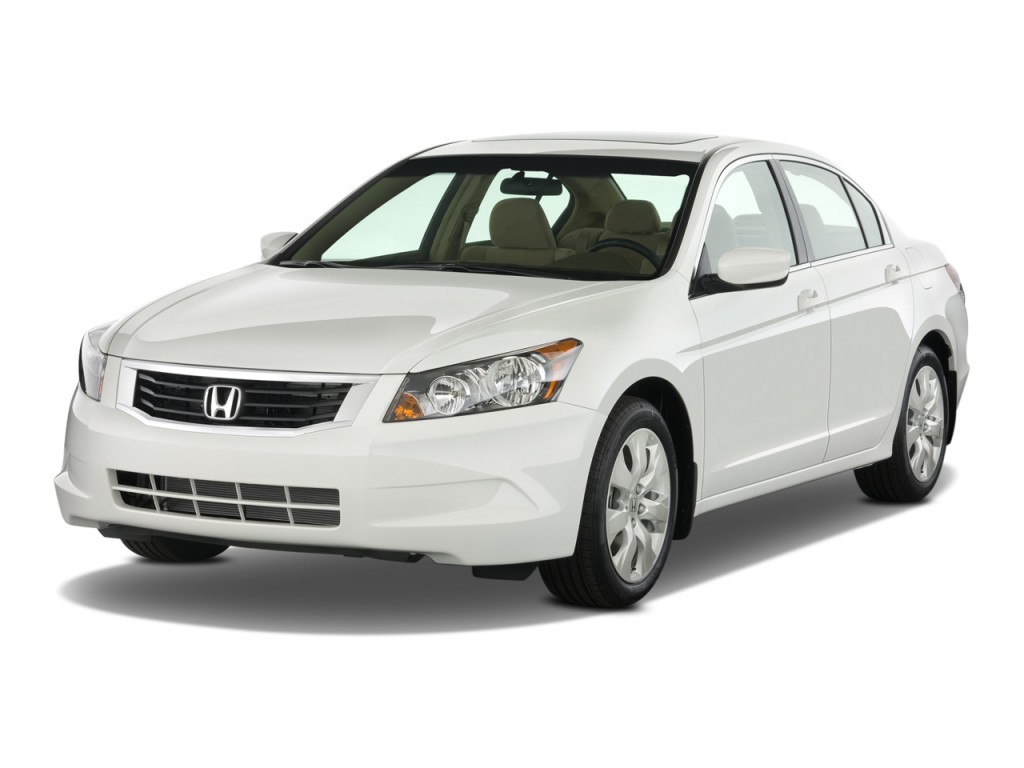
Eighth Generation Honda Civic (Asian Version)

2004 Honda Super Cub
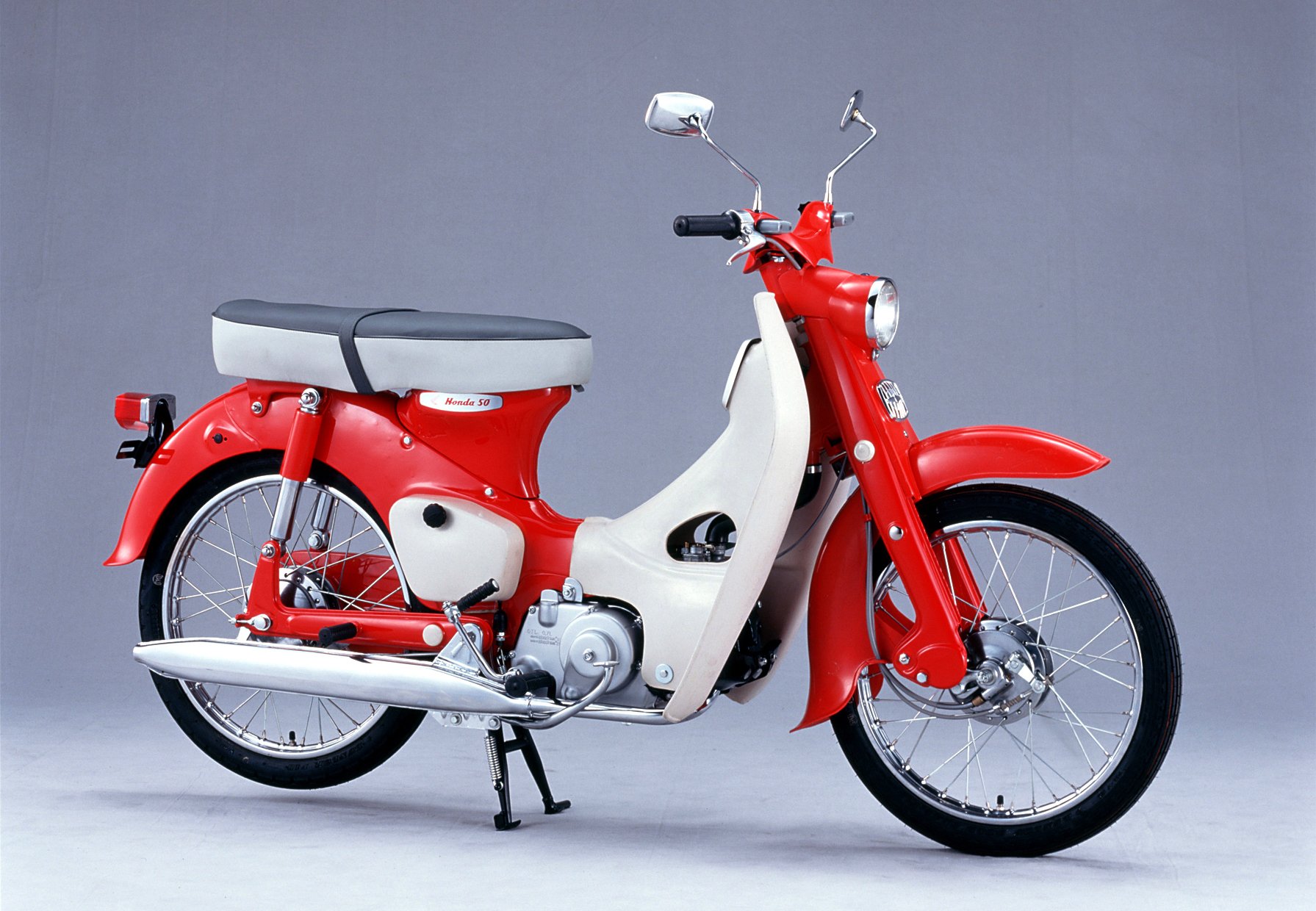
Honda racing bike

Ø Marketing Strategies
It has described a category scheme consisting of three general types of strategies that are commonly used by businesses to achieve and maintain competitive advantage. These three generic strategies are detained along two dimensions: strategic scope and strategic strength. Strategic scope is a demand-side dimension and looks at the size and composition of the-market you intend to target. Strategic strength is a supply-side dimension and looks at the strength or core competency of the firm. In particular he identified two competencies that he felt were most important: product differentiation and product cost (efficiency). He originally ranked each of the three dimensions (level of differentiation, relative product cost, and scope of target market) as either low, medium, or high, and juxtaposed them in a three-dimensional matrix. That is, the category scheme was displayed as a 3 by 3 by 3 cubes. But most of the 27 combinations were not viable.
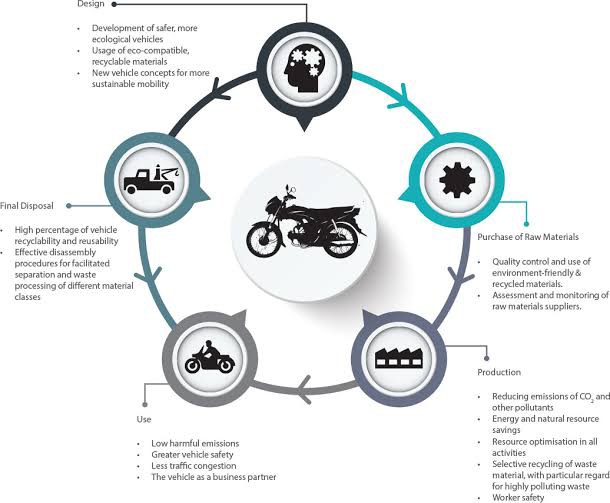
Ø Honda Mission Statement
A dynamic growth oriented company through market leadership, excellence in quality and service and maximising export, ensuring attractive returns to equity holders, rewarding associates according to their ability and performance, fostering a network of engineers and researchers ensuing unique contribution to the development of the industry, customer satisfaction and protection of the environment by producing emission friendly green products as a good corporate citizen fulfilling its social responsibilities in all respects.
Ø Honda Vision Statement
Serve people worldwide with the joy of expanding their life s potential - Lead the advancement of mobility and enable people everywhere.
Ø Honda Values
§ The Honda Philosophy
§ Total Quality Management
§ New Honda Circles
Ø Honda Employee Alignment
Honda's mission, vision & values motivate 67% of Honda employees. When asked to whom they feel the most loyal at work, 20% of employees said Honda's mission and vision. Comparably data clearly shows that a focused mission statement and cohesive core company values are vital to maintaining employee alignment.

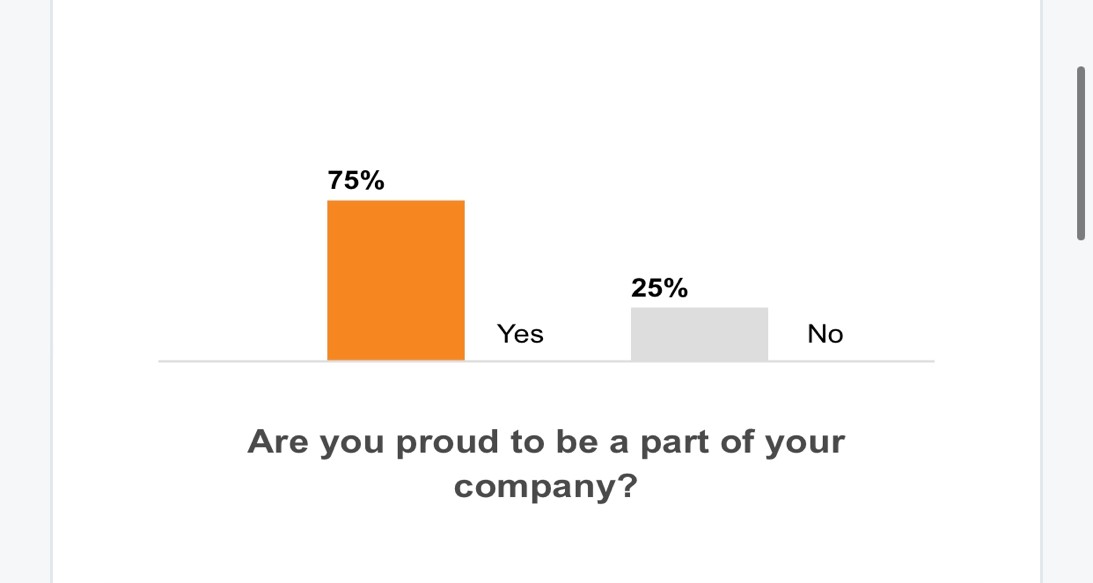
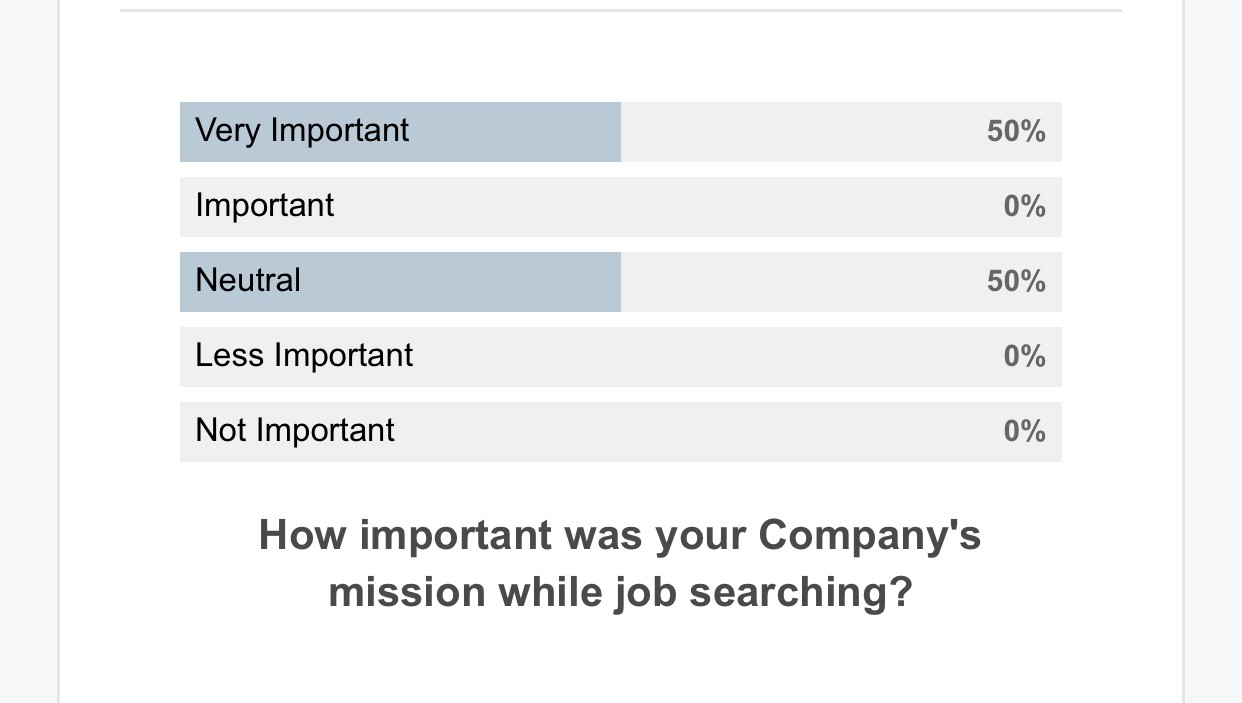

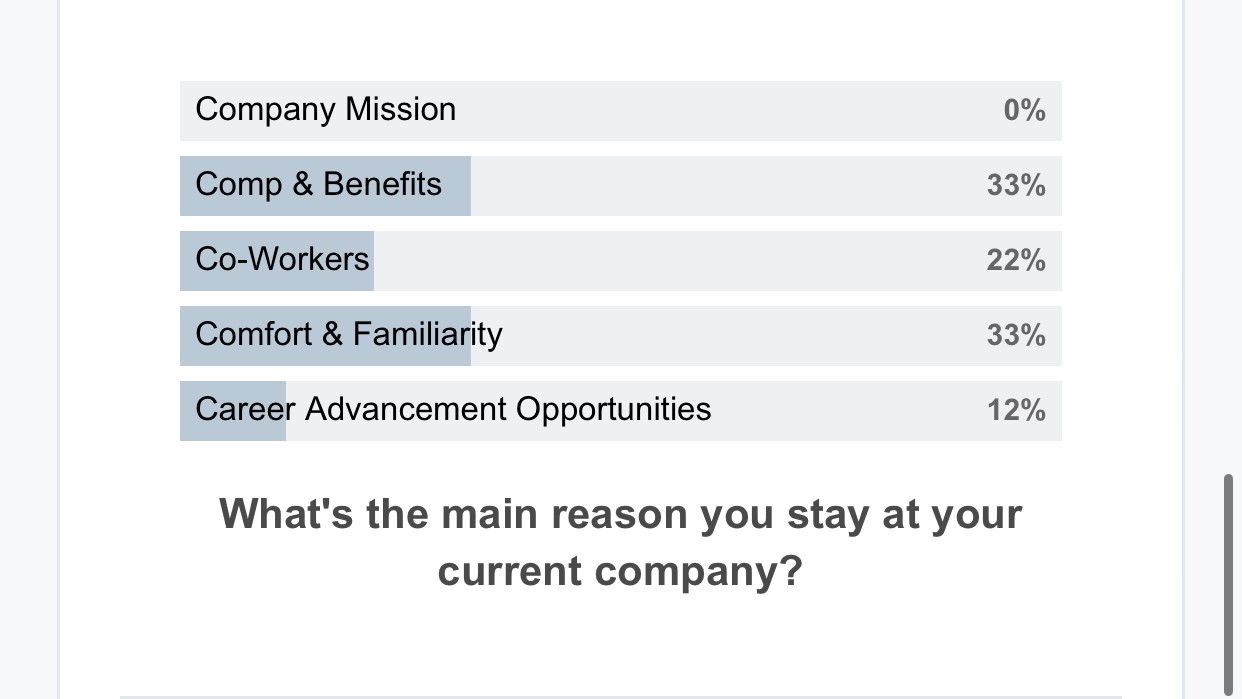
Ø Employees
211,374 (2021)
Ø Main Competitors
Bayerische Motoren Werke AG, Chrysler Group LLC, Daimler AG, Ford Motor Company, General Motors Company, Nissan Motor Company, Hyundai Motor Company, Tata Motors, Ltd., Toyota Motor Corporation, Volkswagen AG and many other automotive companies.
Honda Motor Company (further Honda or Company) is a Japanese motorcycle, automobile, aircraft and engine manufacture. The Company was founded in 1948 by Soichiro Honda, as an automotive parts manufacturer. Honda later moved to manufacturing motorcycles and has become the world’s largest motorcycles manufacturer in 1959.[2]In 1962, Honda started manufacturing automobiles and was the first company to launch a dedicated luxury brand, Acura, in 1986. The Company is now the 8th largest auto manufacturer in the world.
Ø SWOT ANALYSIS OF HONDA MOTORS COMPANY
Strengths
1. Competence in engine manufacturing – company’s core product
2. Diversified product portfolio
3. Dominance in motorcycle and engine industries leading to a high brand awareness
4. Strong position in Asia’s motorcycle markets
Weaknesses
1. Dependence on North America to generate most of the revenue
2. Low investments in research and development (R&D) leading to innovative products.
Opportunities
1. Increasing government regulations
2. Improving U.S. economy
3. Timing and frequency of new model releases
4. Low fuel prices are increasing the demand for pickup trucks and SUVs
Threats
1. Increased competition
2. Rising Japanese Yen exchange rates
3. Natural disasters
Strengths
Competence in engine manufacturing – company’s core product
All of Honda’s businesses are built around the engines – its core product. The company’s first engines were built for motorcycles and power equipment but were later produced for cars and marine vehicles. Honda is the world’s largest engine manufacturer, which produced over 27 million units of engines for automotive, motorcycle, marine, and power equipment products, in 2015.



You must be logged in to post a comment.